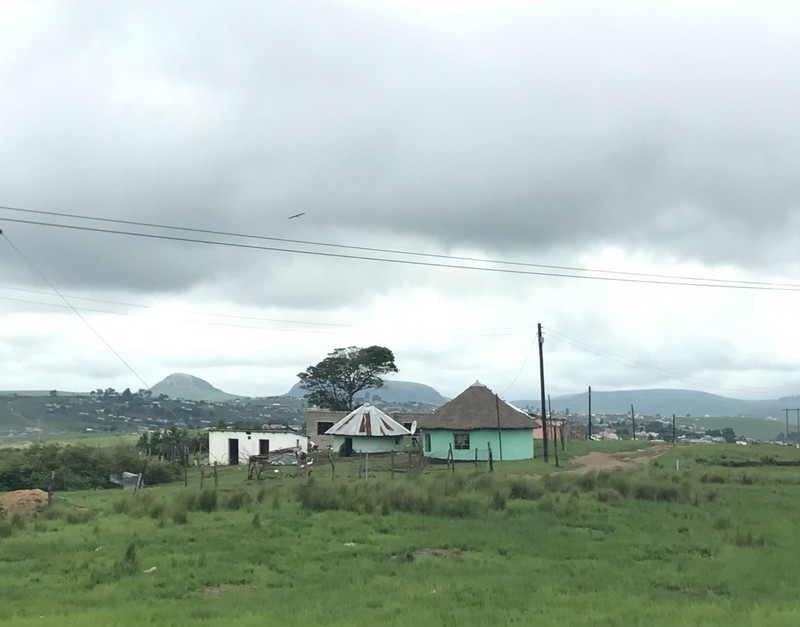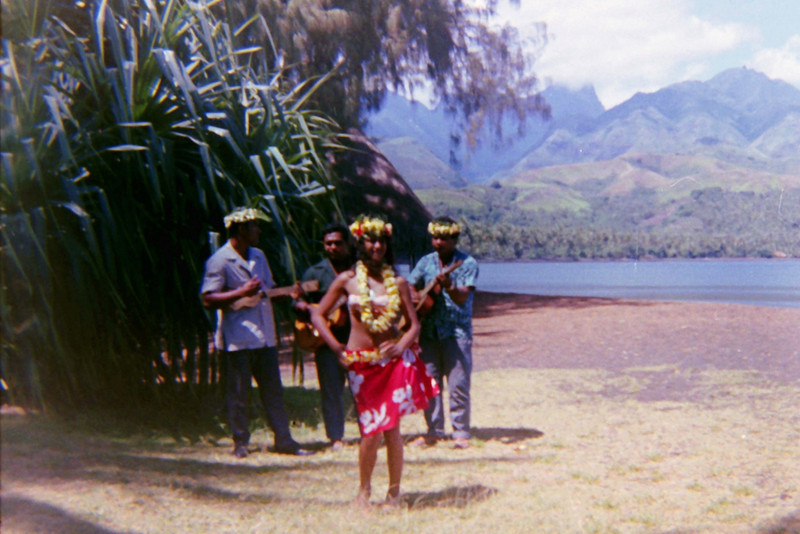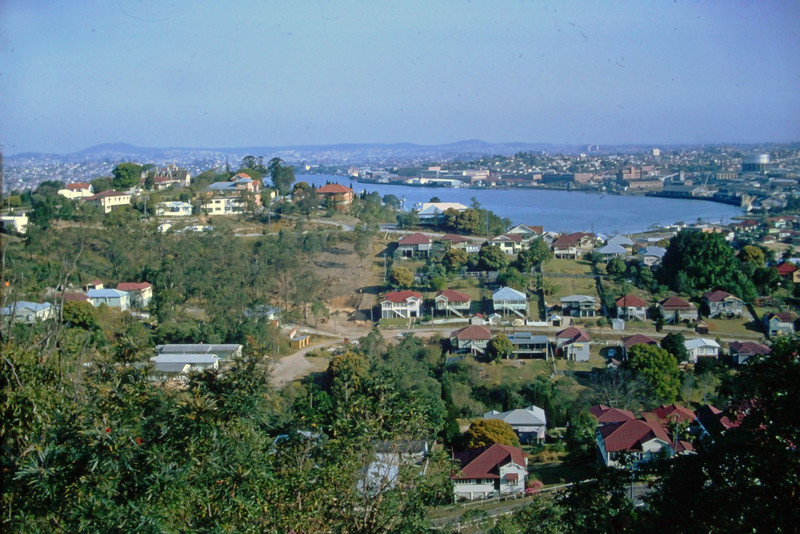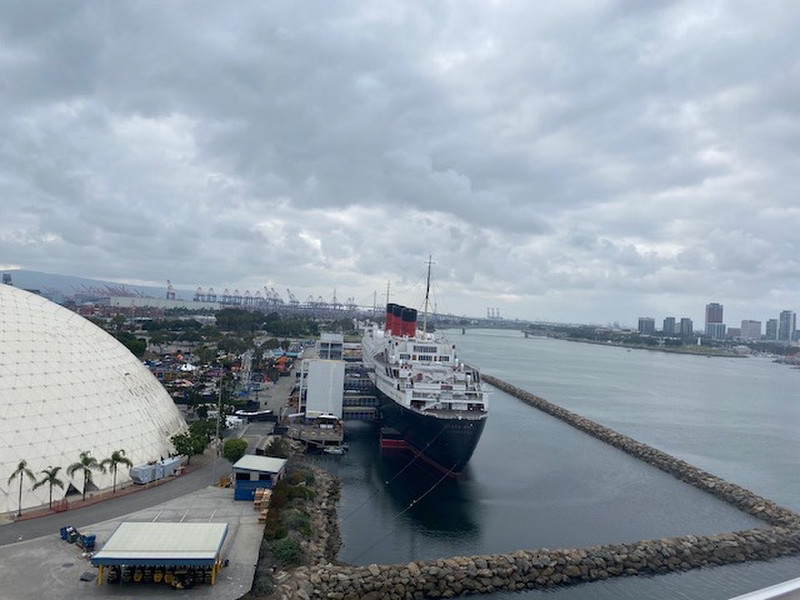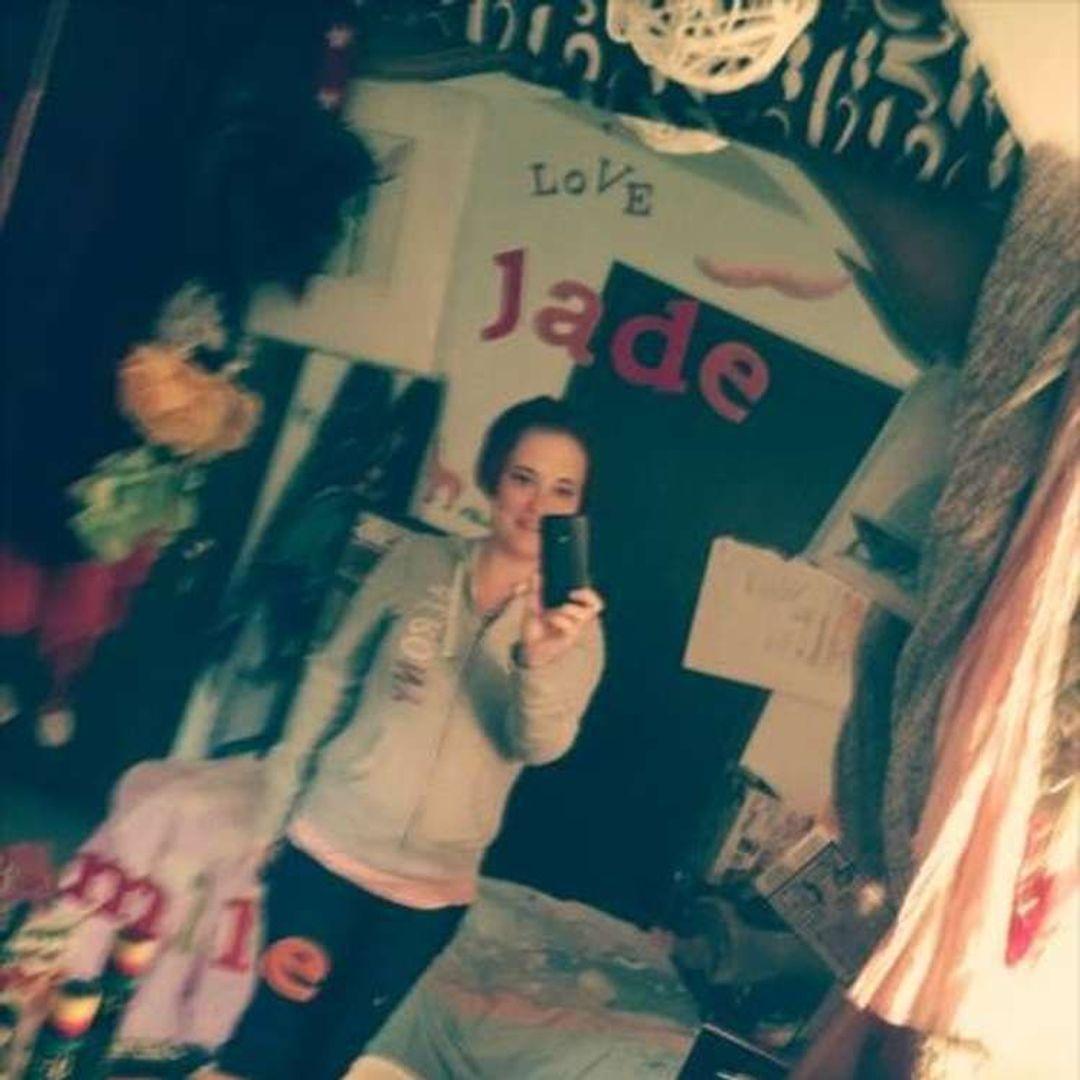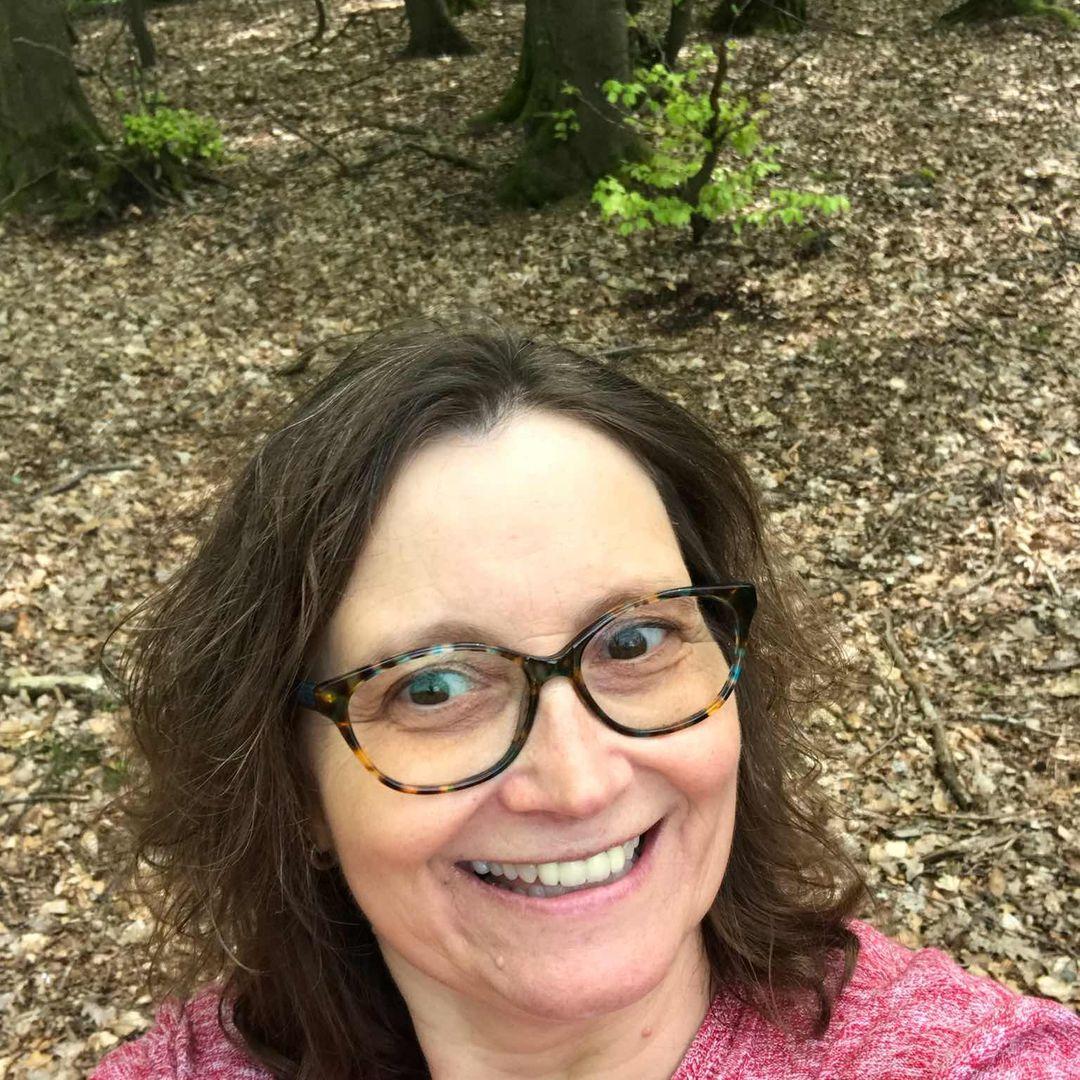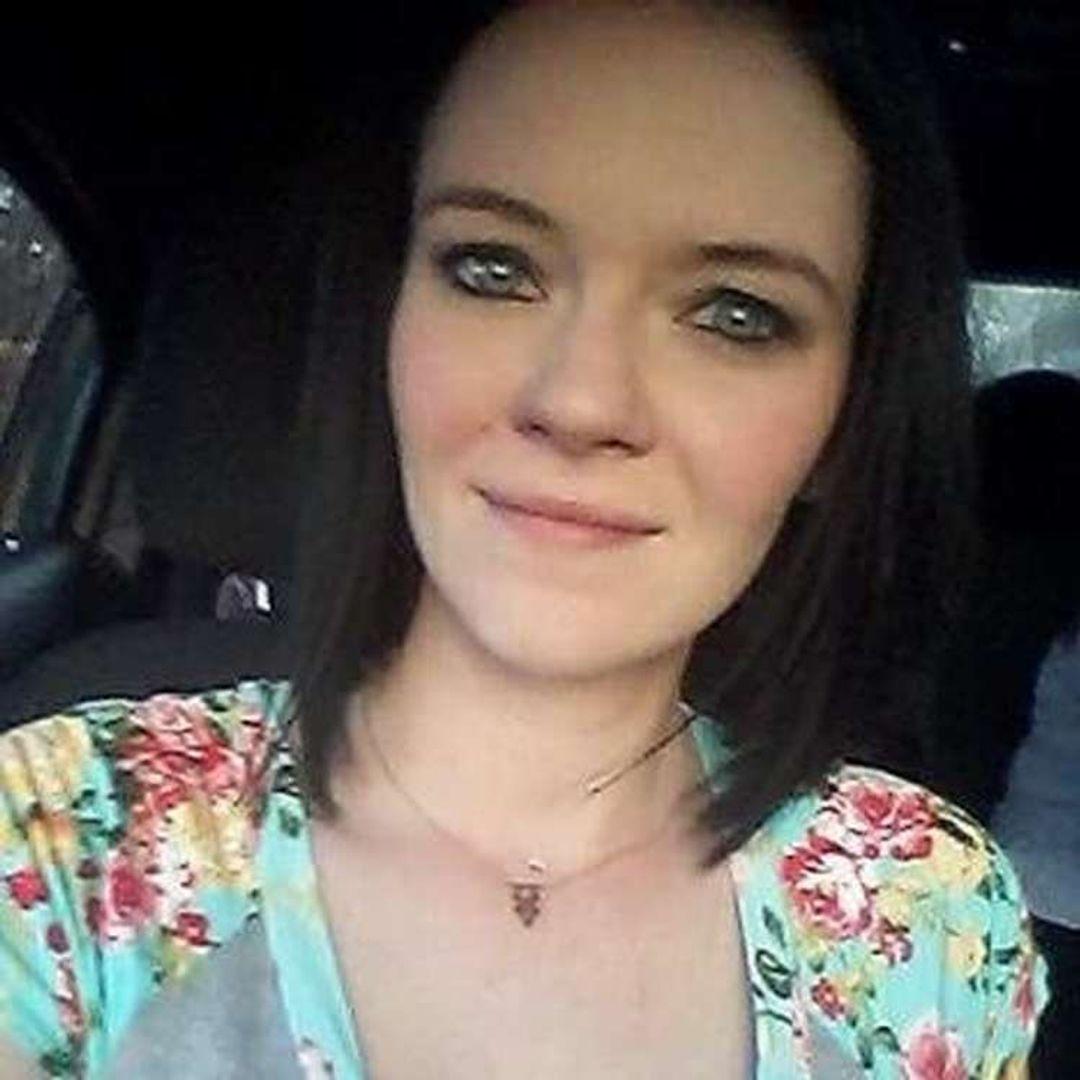Last day of our Malaria prophylaxis. Since our arrival we diligently were taking one tablet of Malanil a day. The North East of South Africa is Malaria country especially in the rainy season and it is certainly prudent to take precautions. Since Rorkes Drift we have exited the Malaria territory, needed however to continue the treatment for another 7 days. Malaria is a infectious disease that affects humans and other animals. Malaria causes symptoms that typically include fever, tiredness, vomiting, and headaches. In severe cases, it can cause yellow skin, or death. Symptoms usually begin ten to fifteen days after being bitten by an infected mosquito. Malaria is caused by microorganisms of the Plasmodium group. The disease is spread by an infected female Anopheles mosquito. The mosquito bite introduces the parasites from the mosquitos saliva into a persons blood. The parasites travel to the liver where they mature and reproduce. If not properly treated, people may have recurrences of the disease months later. In those who have recently survived an infection, reinfection usually causes milder symptoms. This partial resistance disappears over months to years if the person has no continuing exposure to malaria. So Nui
With a heavy heart we left our estate. A really charming place we would go back to any time. Todays drive will bring us to the coast of the Indian Ocean again. We will leave and enter the Easter Cape province. In other words we will leave the Zulus and enter into the territory of the Xhosas. The name from their legendary leader and King called uXhosa. There is also a fringe theory that the Kings name was given to him by the Khoisan (bush people) which means fierce or angry in Khoisan languages. No wonder, as it were primarily the Xhosas who pushed the Khoisan hunters and gatherer tribes from their land and into the desert further north. The Xhosa people refer to themselves as the amaXhosa, and to their language as isiXhosa. It is the African language in South Africa, after the Zulu. During Apartheid they were allocated territories called homelands namely the Transkei and Ciskei. Both areas are today part of the Eastern Cape Province, where most of the 8 million Xhosas of South Africa live. Some have settled also in townships in Cape Town, East
London and Port Elizabeth. The Xhosas have a strong oral tradition with many stories of ancestral heroes. The latest is of course Nelson Mandela, who was a Xhosa. They also have very strong traditions in folklore, native religious practices, traditional healing, rituals concerning ancestry and strict rules for boys and girls how they have to grow up. One can say they are traditionalists and very conservative, holding on to their ways of life, which is primarily rural. Herding animals was and still is their traditional occupation. Even Mandela retired after leaving office to his native small village and lived a simple rural life.
Our drive was only 300km, but it was terribly tiering. The roads were narrow, with many potholes, strong traffic and a congested, chaotic atmosphere. People and animals everywhere, the road passing through many small villages who all had big speed stoppers kicking your backside even if one transited them at low speed. What was striking was the poverty and missing basics in cleanliness. Especially driving through the town of Flagstaff, where we happened to hit the market day, will remain in our memories. Dirty, messy, congested, chaotic and somewhat intimidating. We were the only Whites as
far as we could see. Nui still feels a bit scared in the presence of the big black guys. The image black people have in Thailand still lingers on. Before leaving Pretoria we were warned to keep the car locked at all times, windows closed when the car stops in congested situations and that it is custom not to stop at the red light if traffic allows it, but to drive on. Security is an issue for sure here.
